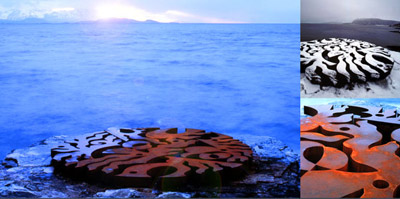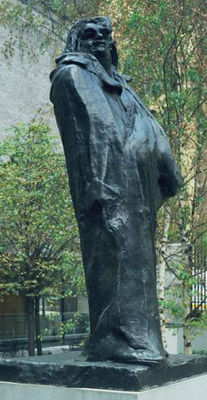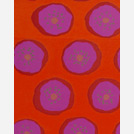Fred Brown’s woodcuts
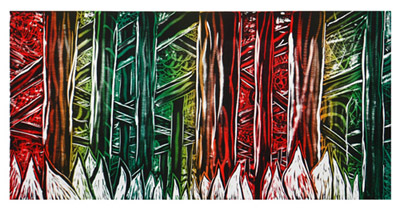
Fred Brown: Share the Shelter
Woodcut 36″ x 72″
I had heard that printmaker Fred Brown was going to be having an exhibition this month in Vancouver. Imagine my surprise when I read Art Daily’s posting “Power Tools, Plywood, and the Artist take Vancouver” and that artist turns out to be Fred!
“The Devon Gallery is proud to host Vancouver’s first major showing of the nationally renowned woodblock print artist, Fred Brown the Artist, and challenge the perception that fine art and the creation of fine art are generally considered the stuff of high society. This perception is challenged when an artist gets supplies from the local hardware store. Using plywood instead of canvas and power tools instead of a brush or pencil, Fred Brown the Artist creates fine art in the form of woodblock prints.”
Fred is showing his woodcuts at the Devon Gallery, 688 Denman Street, Vancouver, BC, to October 11, 2005.
His work can also be viewed at his website FredBrowntheArtist.
I’ve seen Fred working on his amazing huge woodcuts in the Art Institute studio where he’s been printing from time to time over the past several years. I’m sorry I missed the opening on Friday and will go and see the exhibition soon.
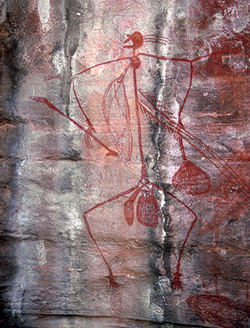
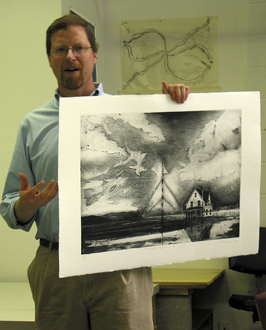
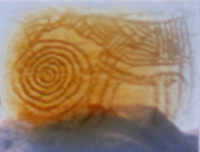
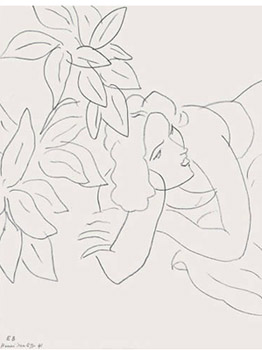

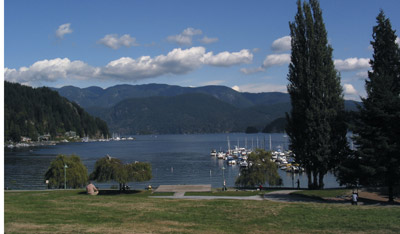
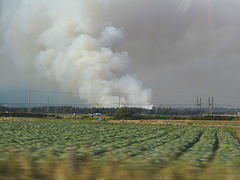 news report on the Burns Bog fire
news report on the Burns Bog fire